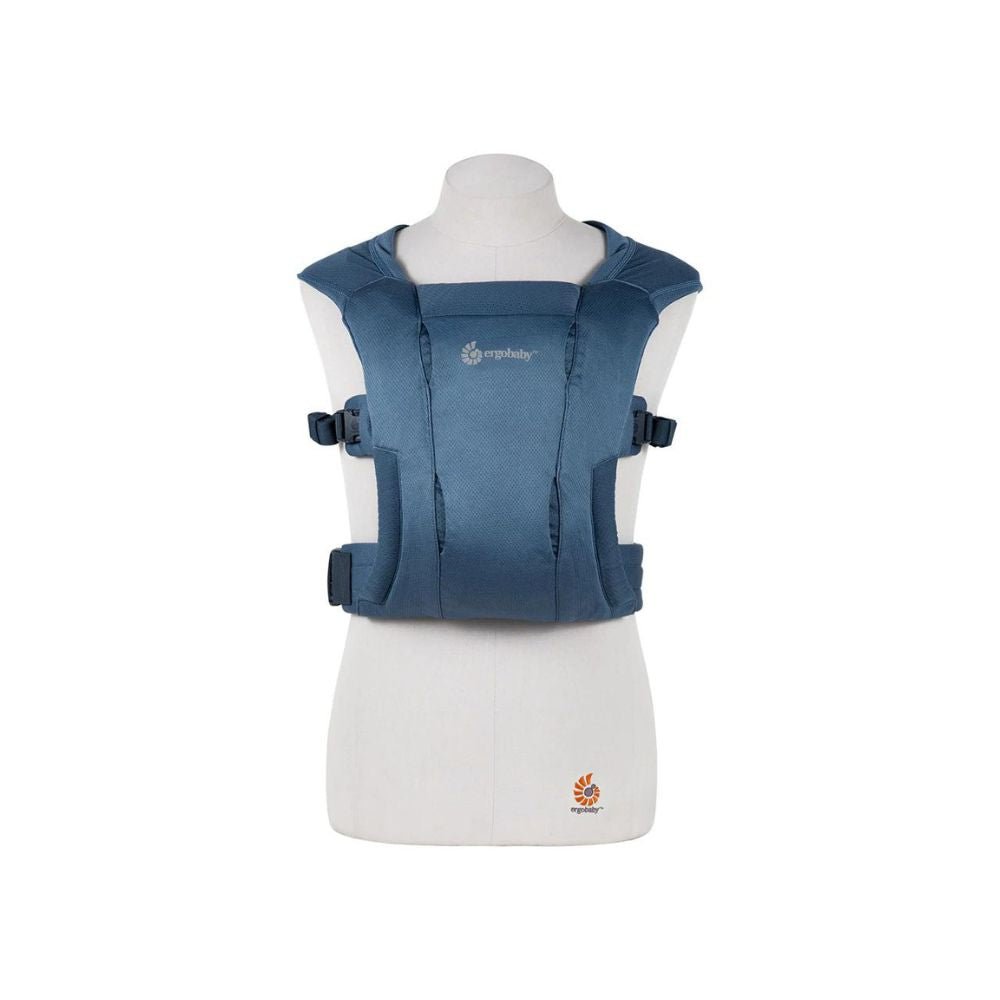
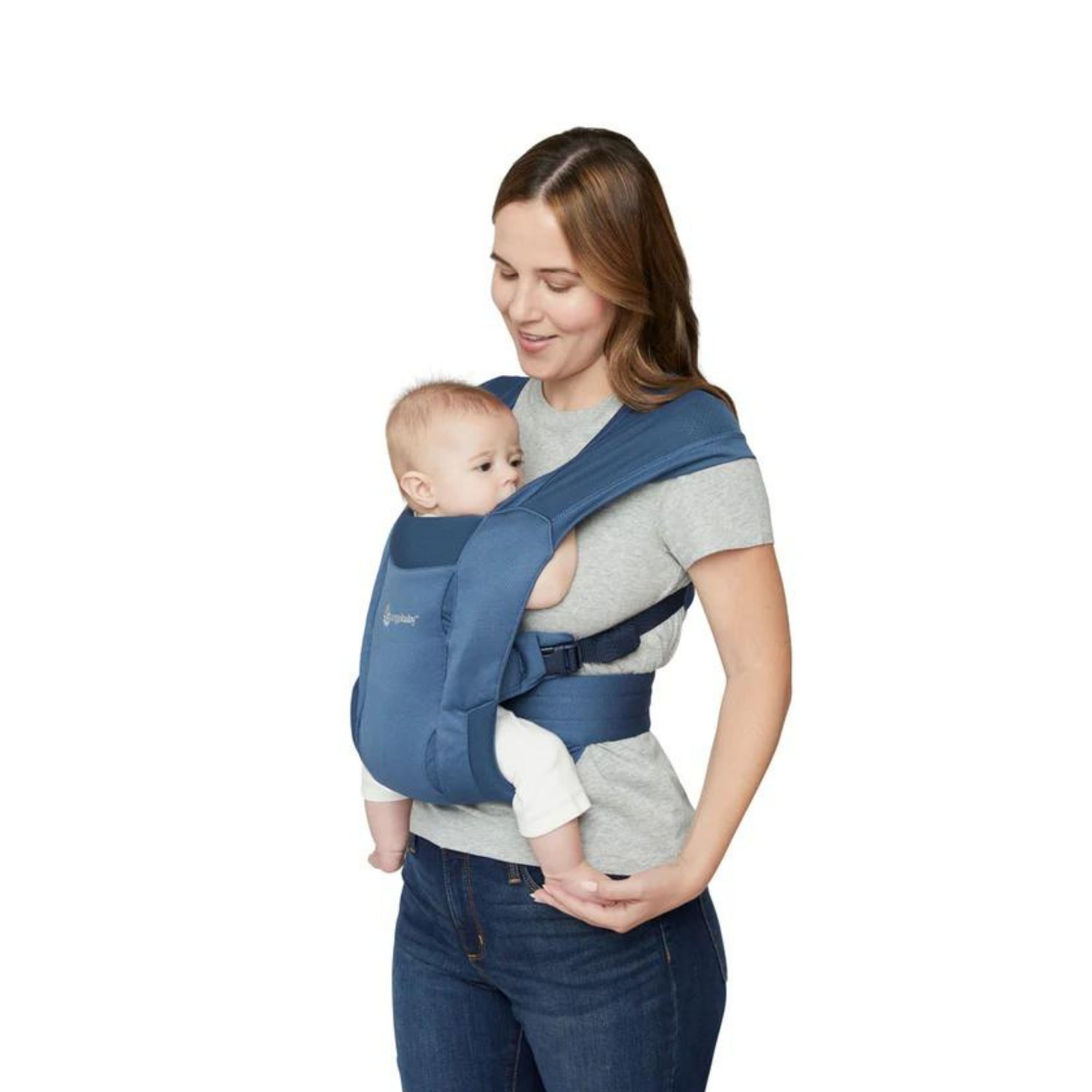
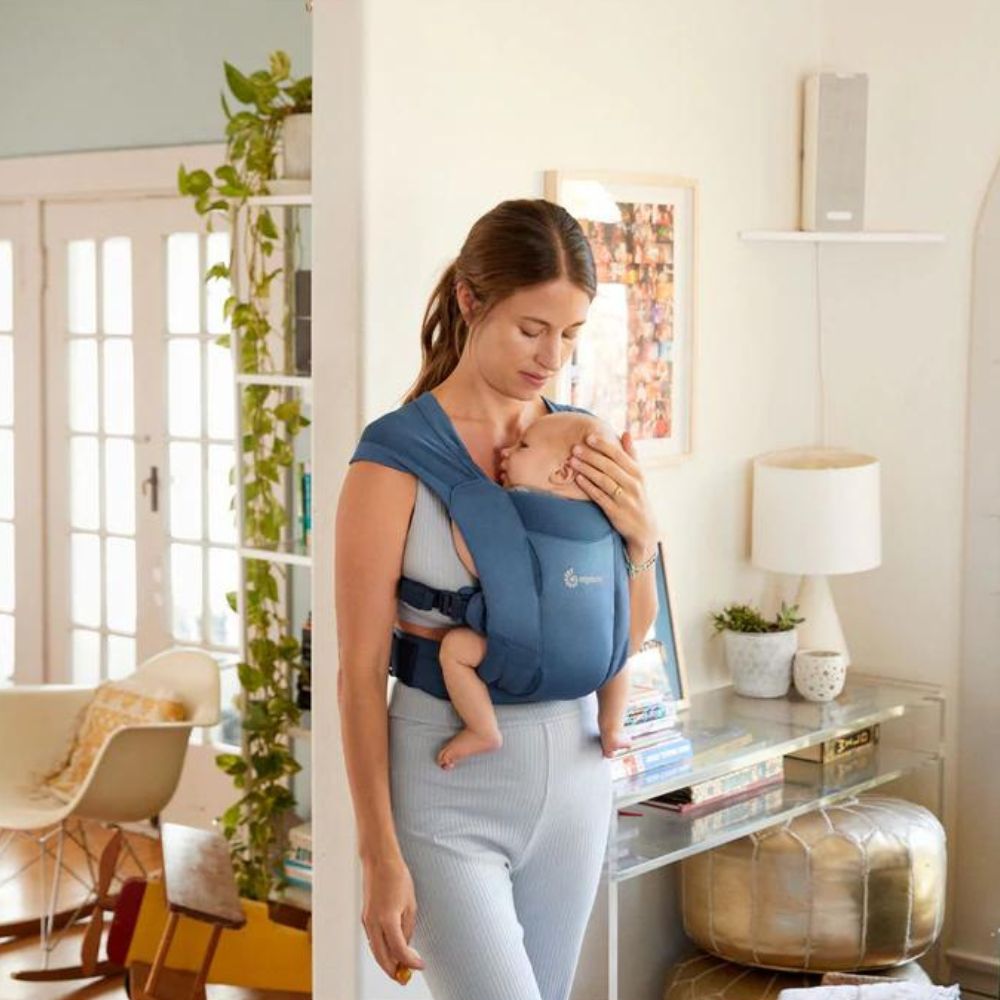
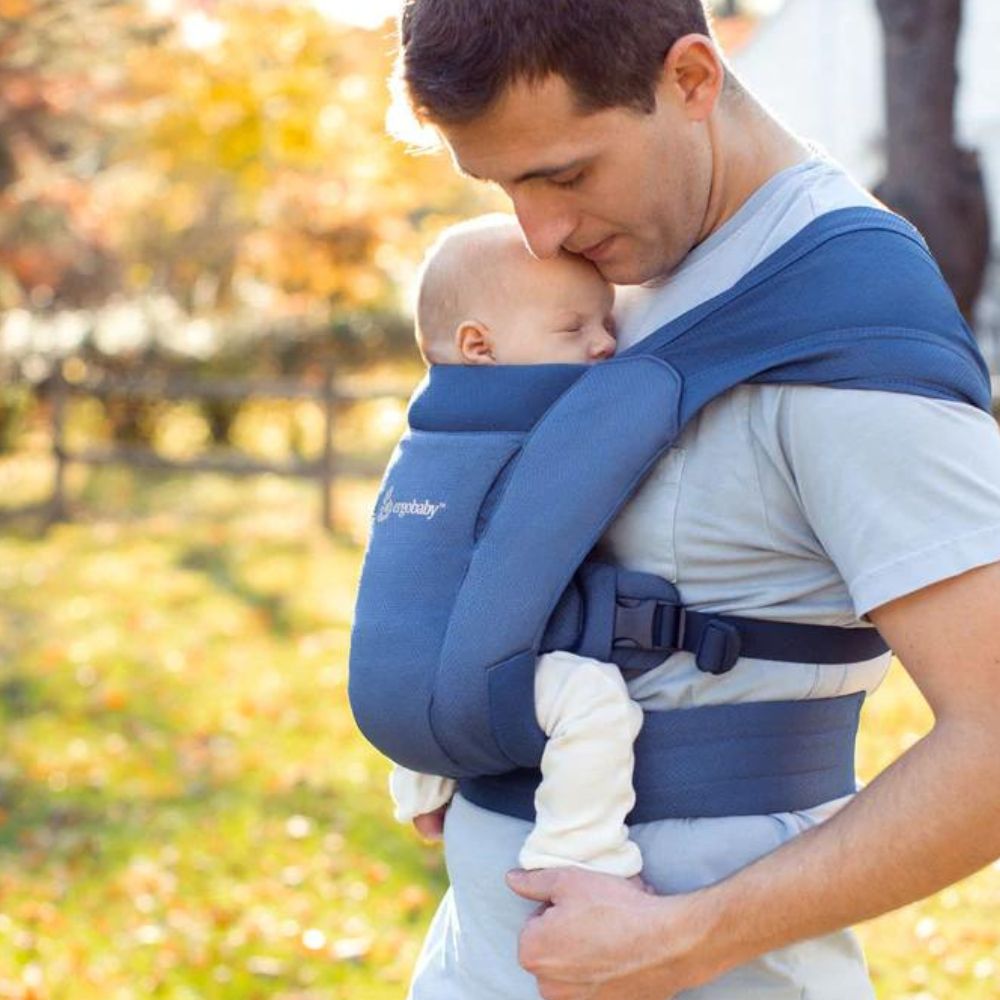



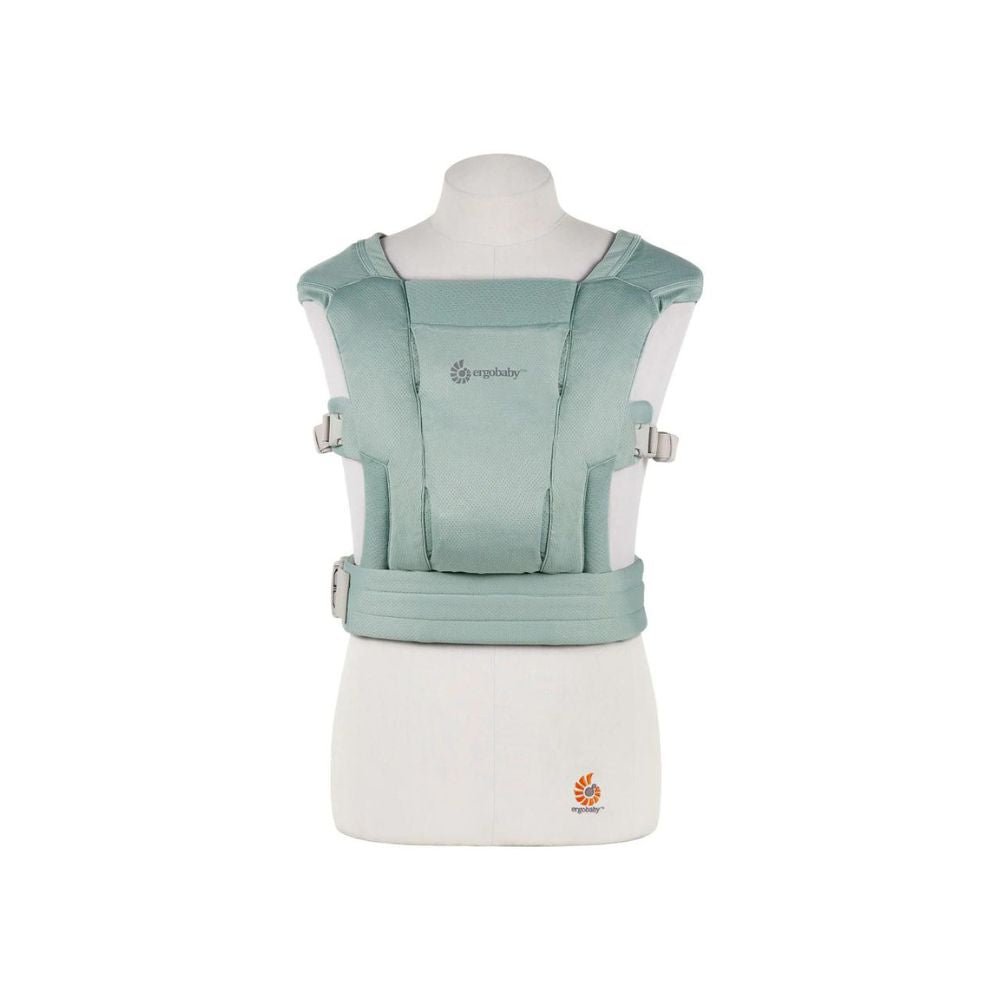
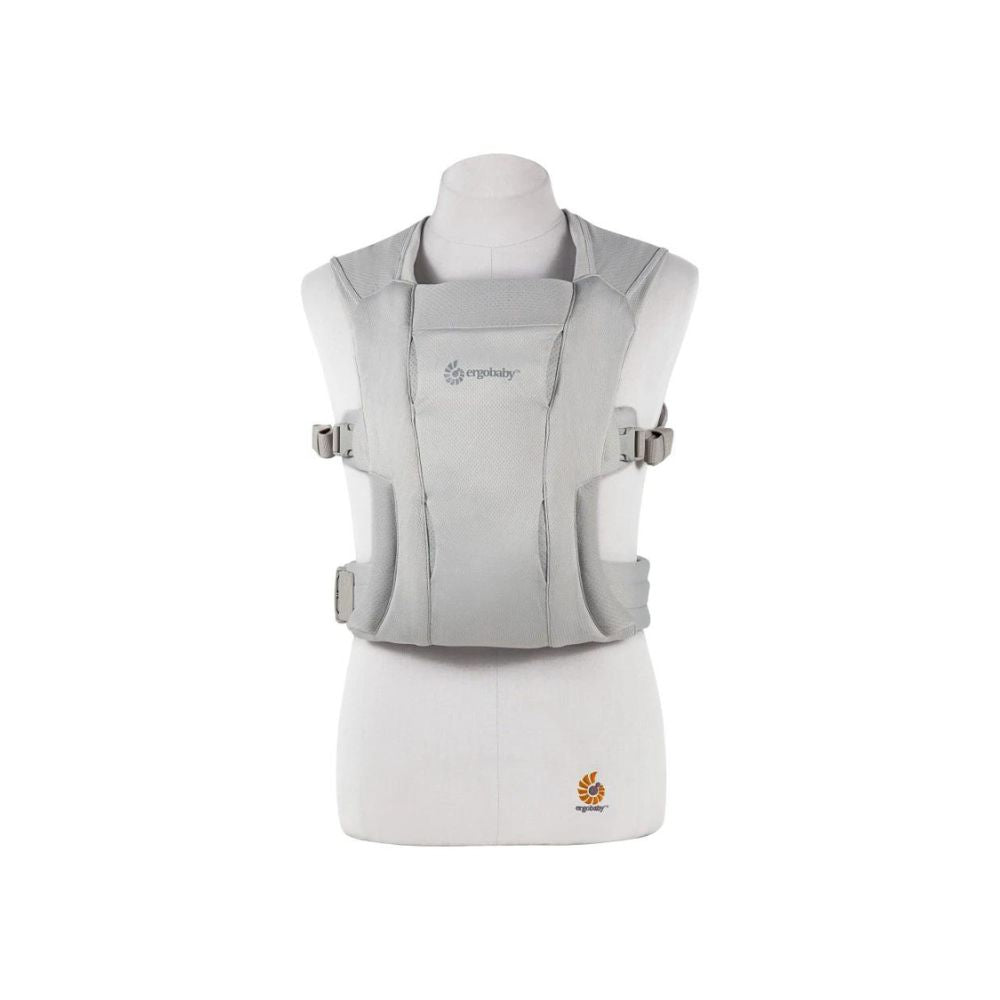
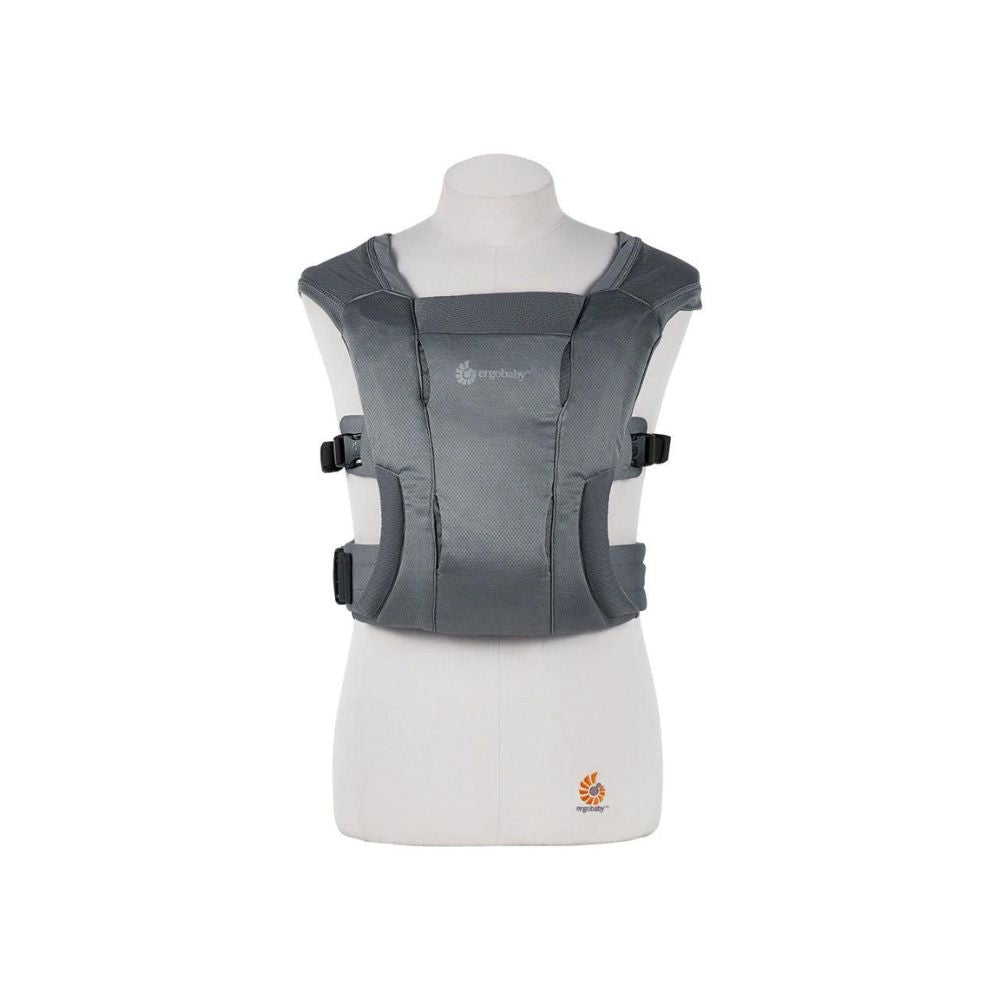
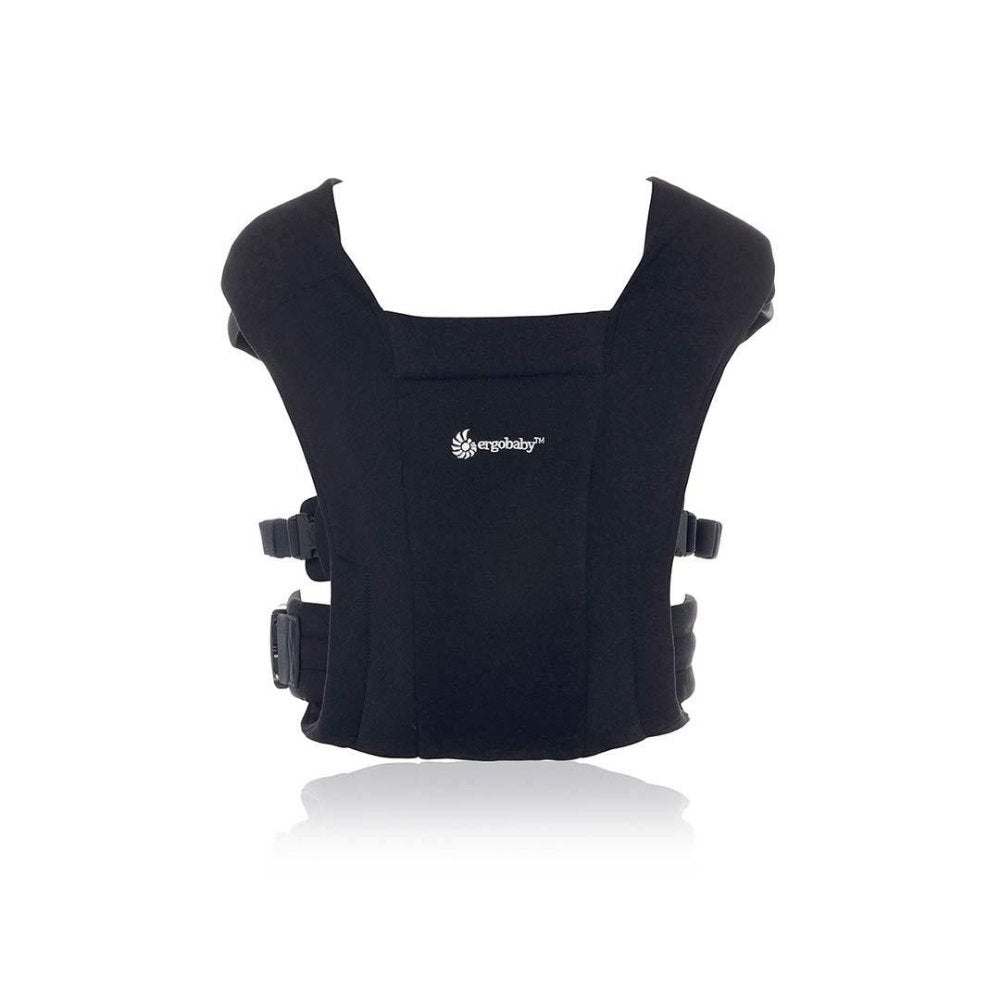
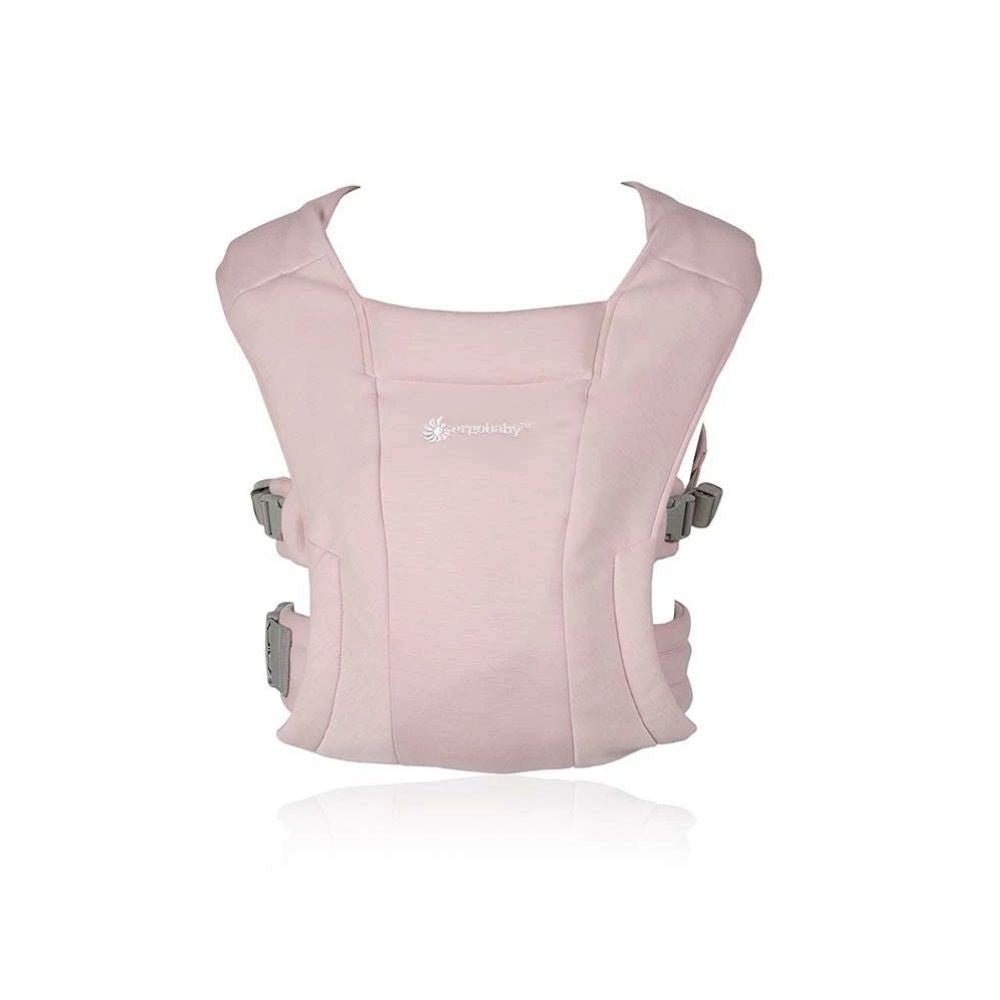
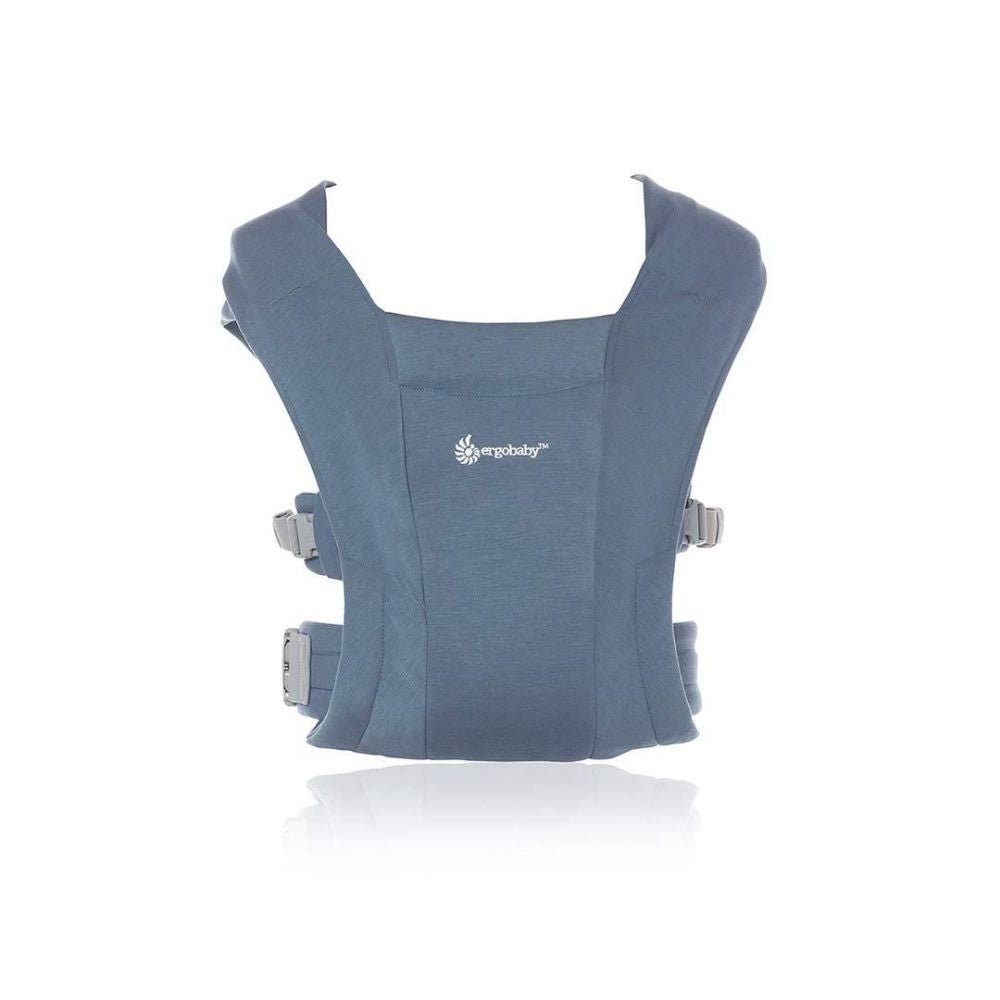


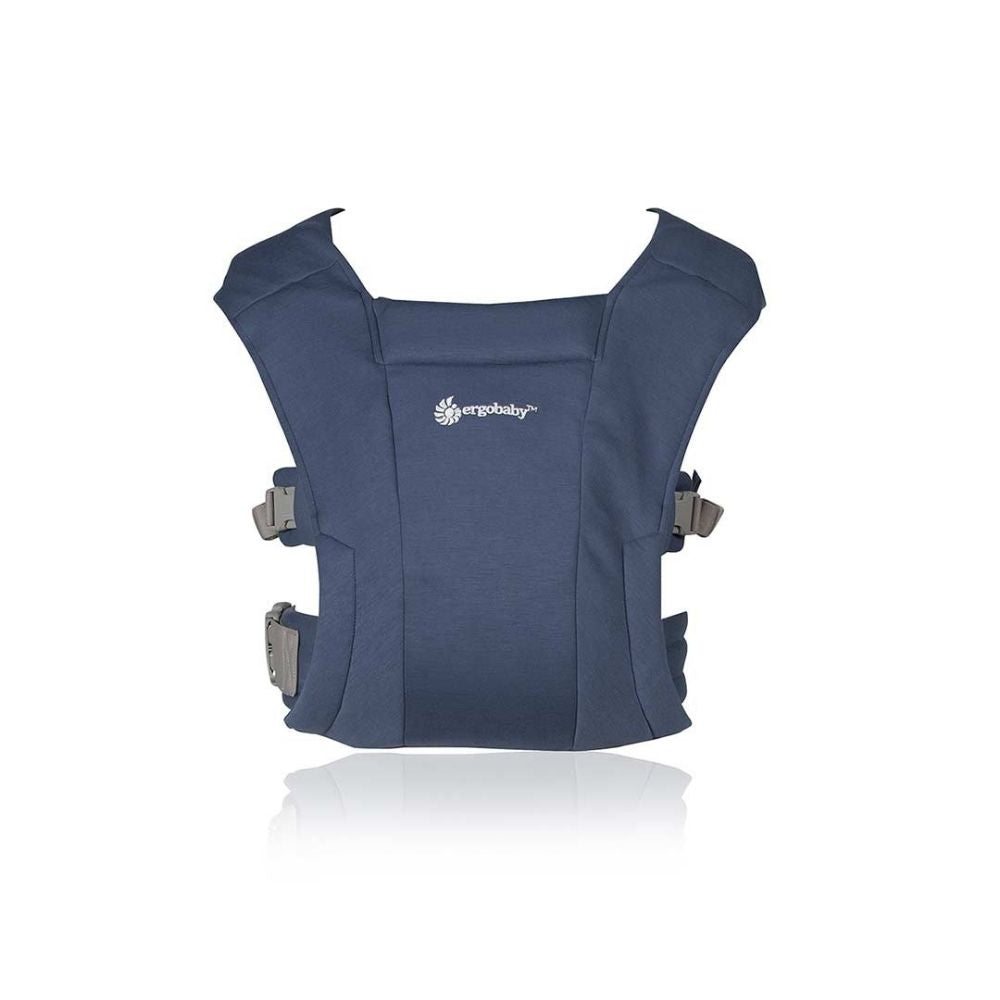
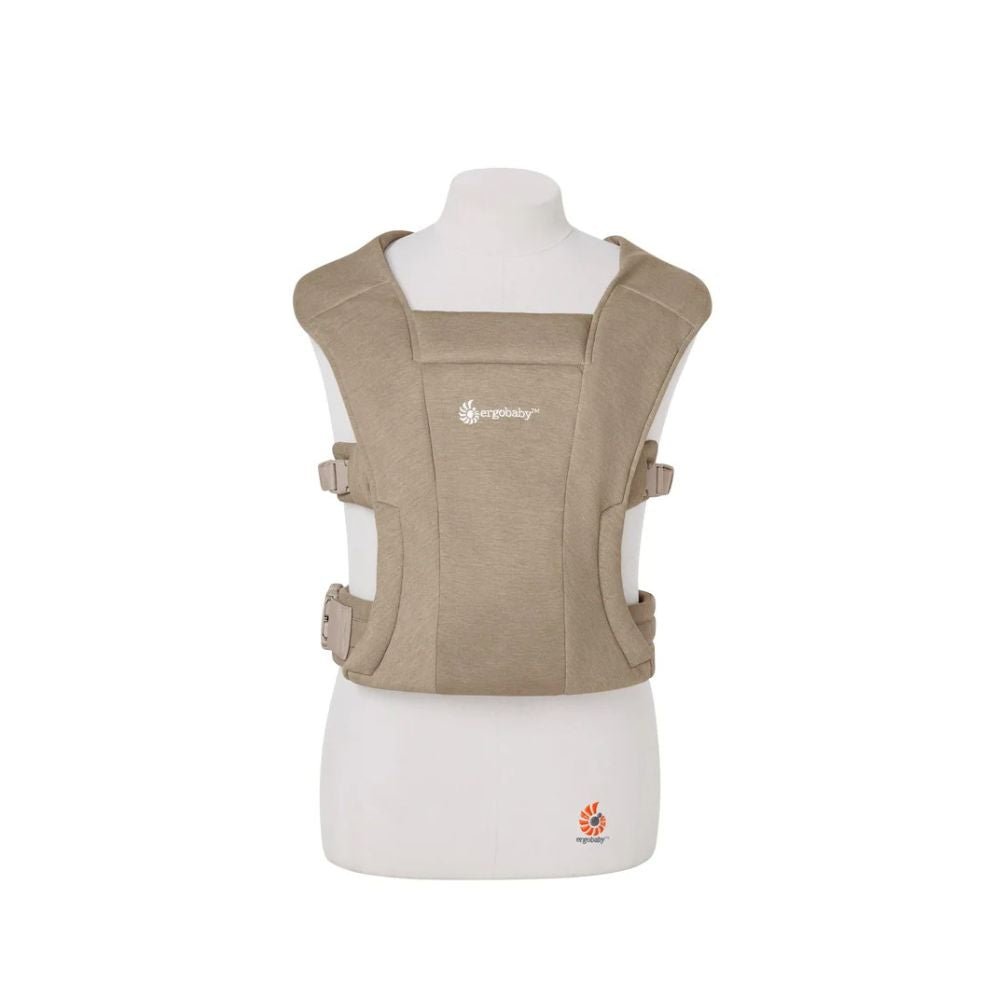
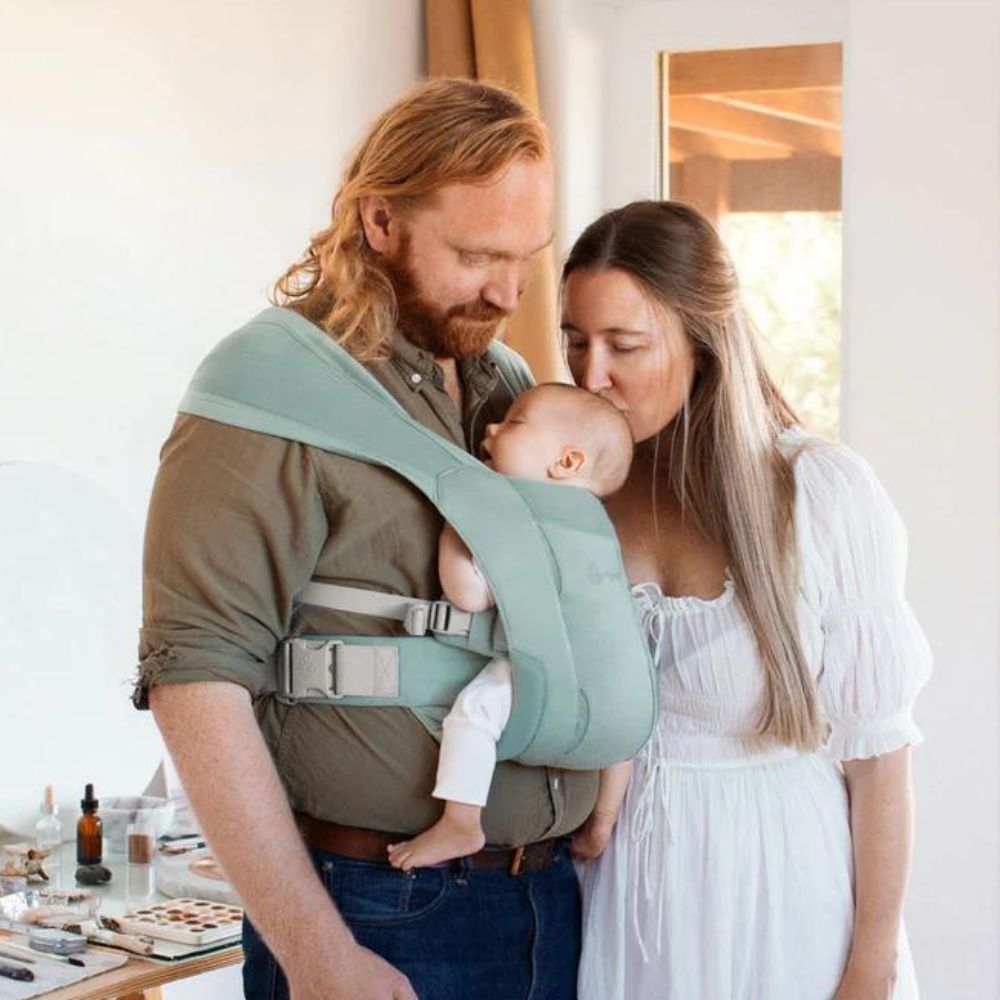
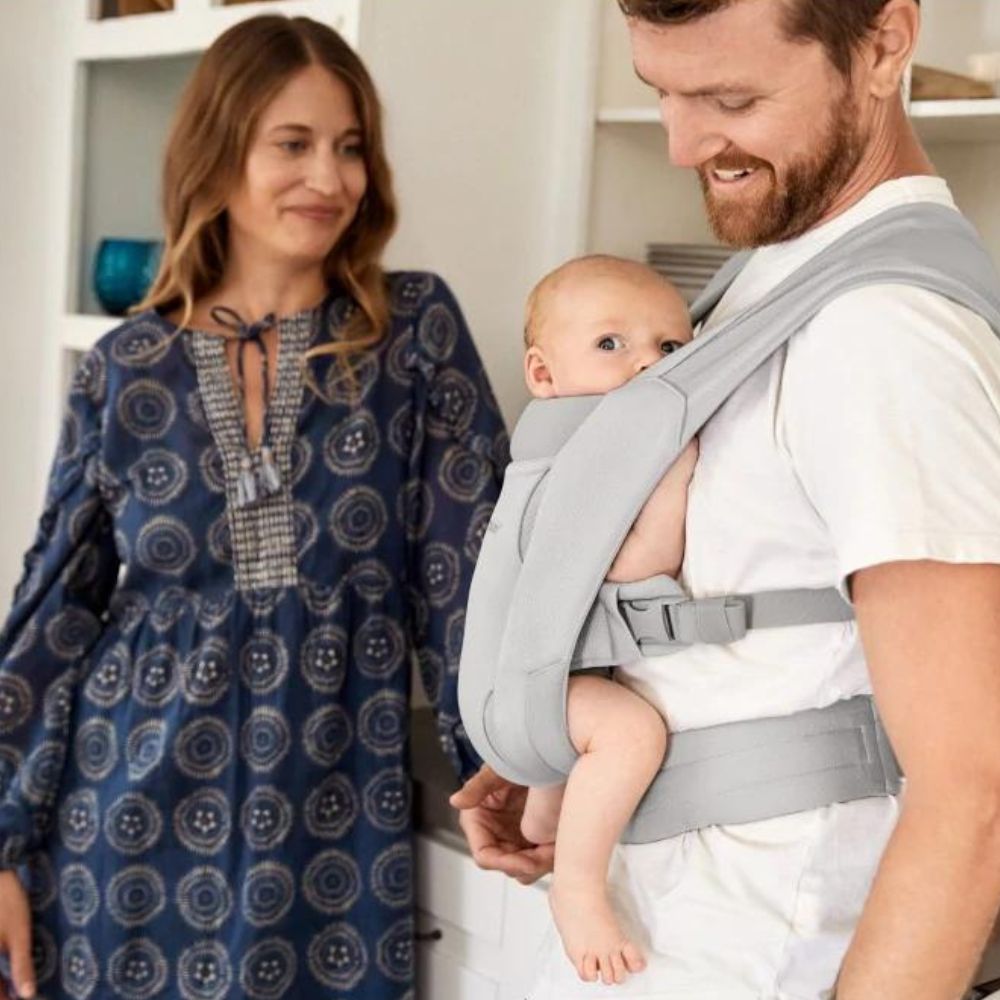

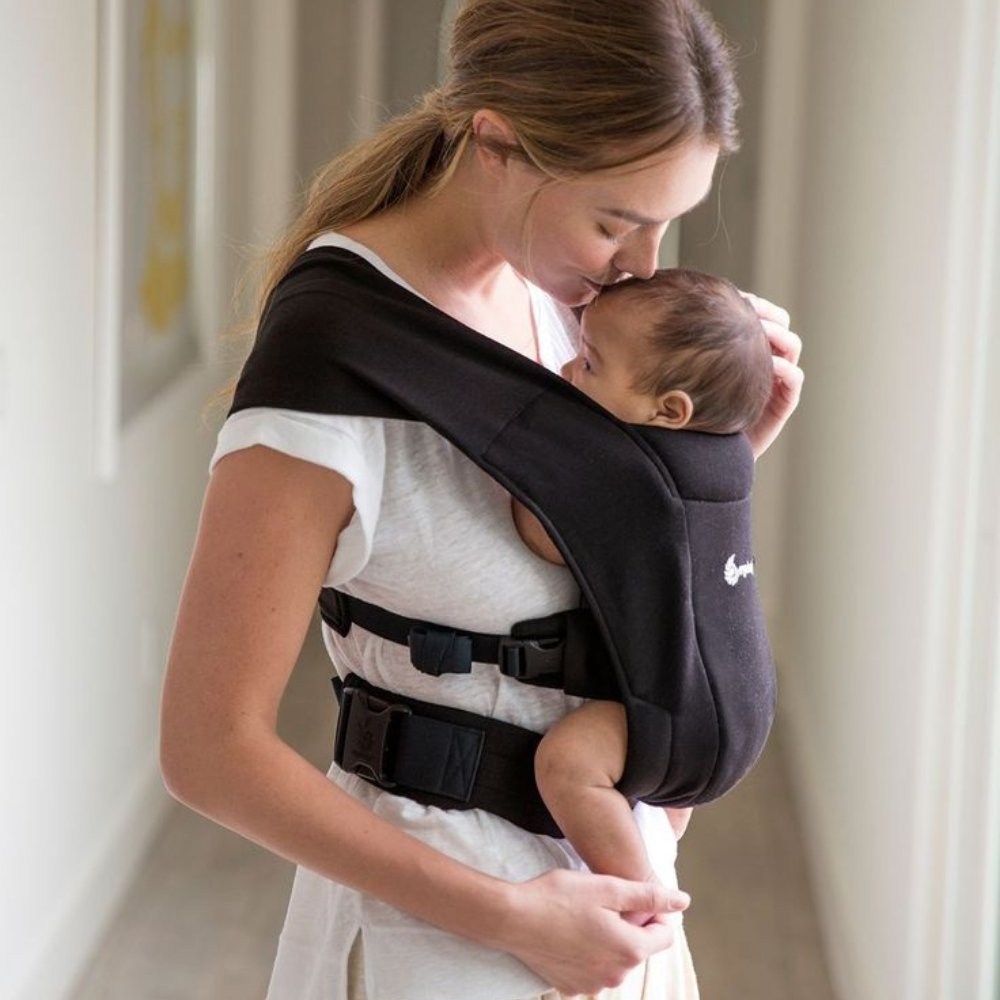
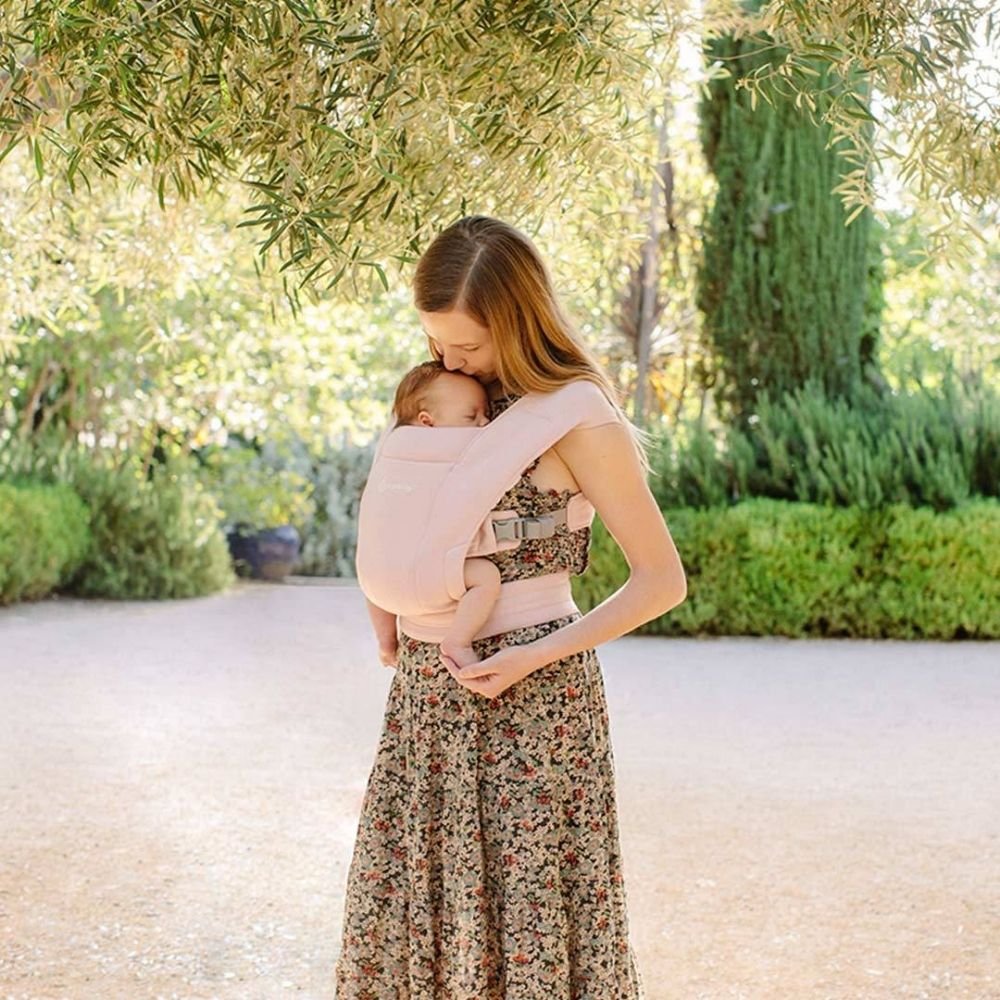
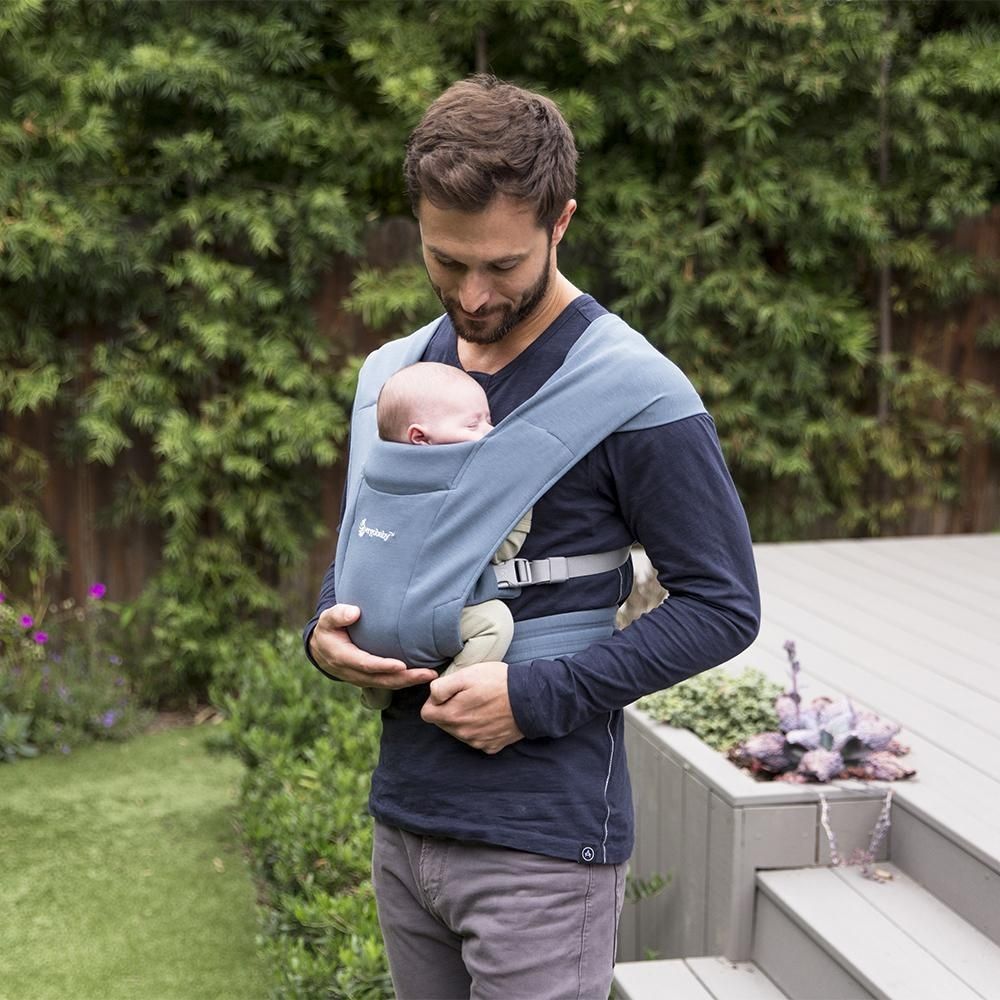
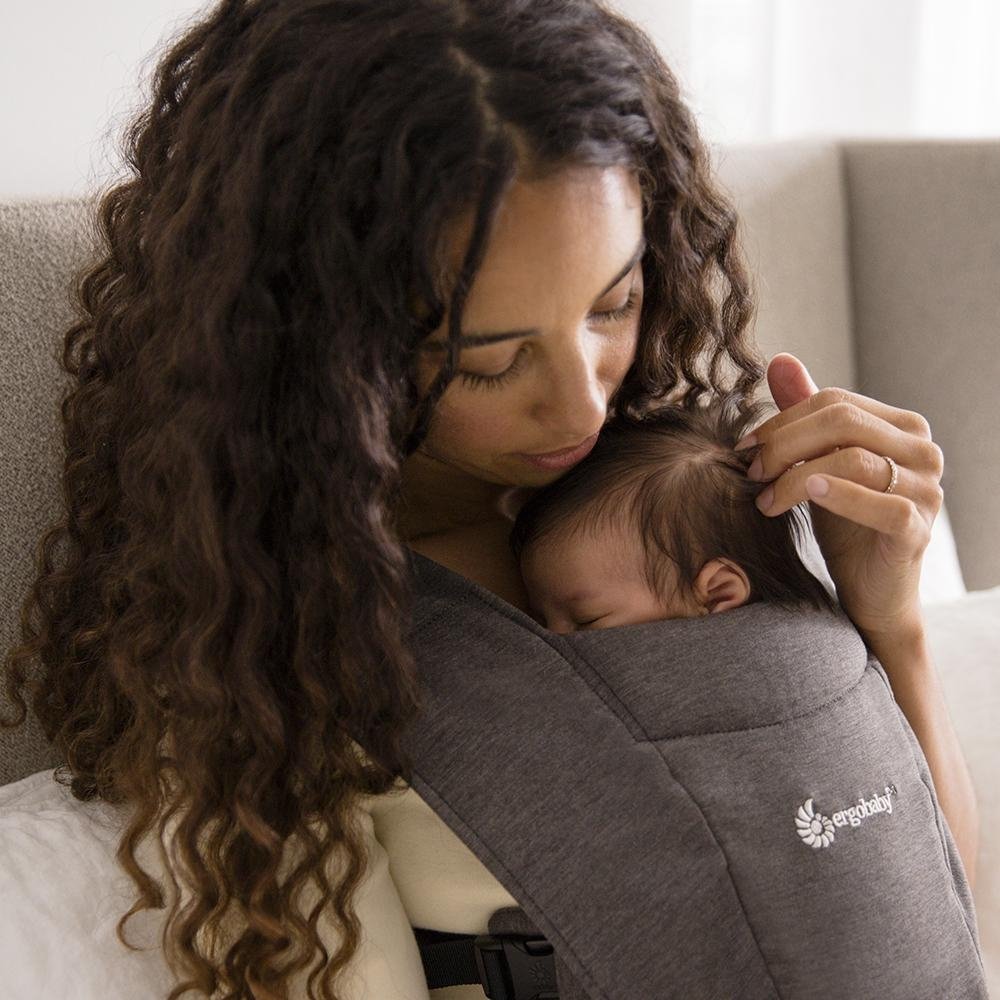

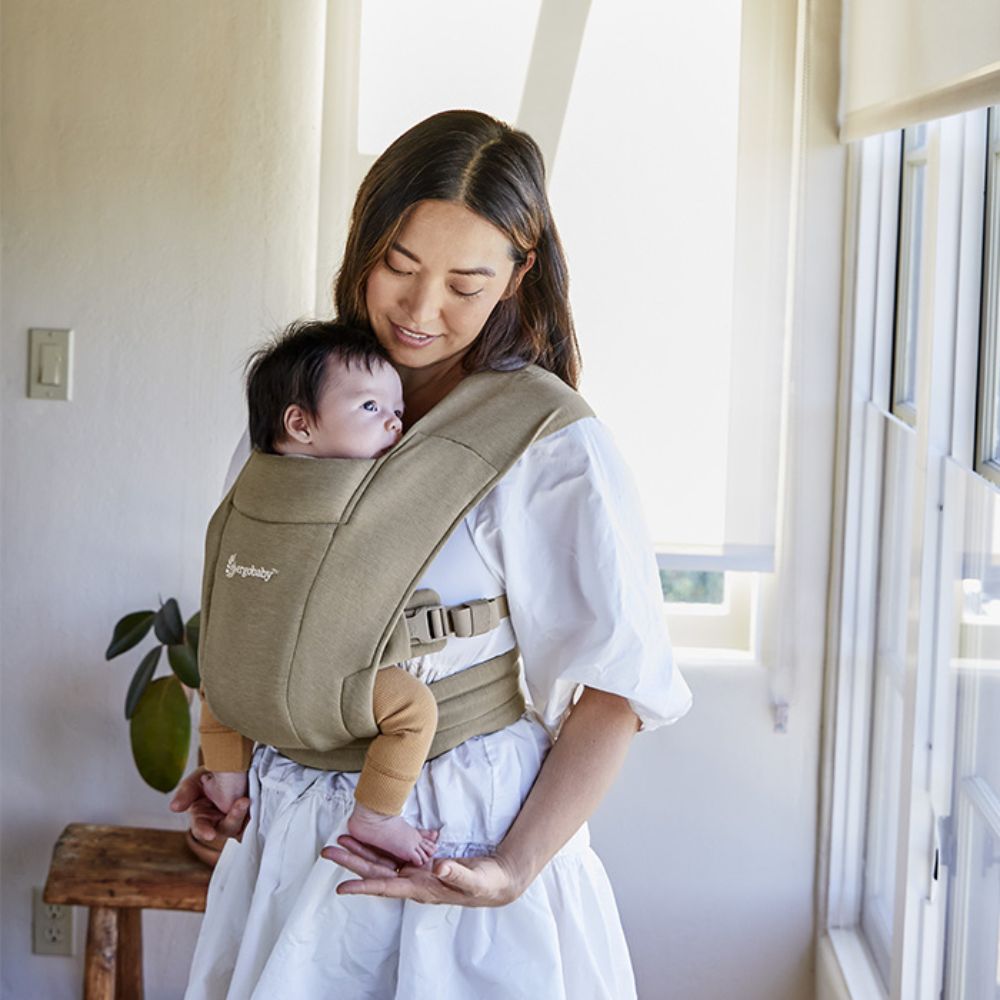
Product highlights

Newborn Use

Comfort
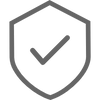
Certification
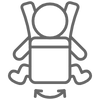
Carry Options

Fabric

Portability
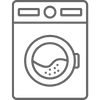
Cleaning
Ergobaby Embrace Newborn Baby Carrier
Simple, lightweight carrier for newborns 3.2–11.3kg with no wrapping or infant insert needed. Features cross straps, padded waist belt and breathable fabrics. Free virtual fitting included.
Product highlights

Newborn Use

Comfort

Certification

Carry Options

Fabric

Portability

Cleaning

Ergobaby Embrace Newborn Baby Carrier
Description
The Ergobaby Embrace Newborn Baby Carrier is a perfect combination of simplicity and functionally. Designed for your daily adventures as a parent—walks, chores, errands, breastfeeding and more—it also helps foster bonds between you and your baby, and frees up your hands to tend to another child. The Embrace carrier features a minimal and streamlined design; it doesn’t require any complicated wrapping or tying, or an infant insert for your newborn. This lightweight and easy-to-use baby carrier won’t weigh you down.
Certified by the International Hip Dysplasia Institute, the Embrace Soft Air Mesh keeps bub in an ergonomic position from birth (min. 3.18kg) to approximately 12 months (max. 11.3kg). Three carry modes available:
- Newborn (under 58.4cm)
- Facing in (over 58.4cm)
- Facing out (over 66cm)
The Embrace Newborn Baby Carrier features padded neck support to support your baby's head and neck. In addition to its original Ponte Knit fabric (a thick, double-knit, jersey-like fabric), it's now available in Soft Air Mesh fabric, which comprises aerated pin dot knit with soft air mesh for maximum breathability and comfort. It’s sweat-wicking as well, and that means it draws sweat away from you and your baby, and dries quickly to keep you both cool, dry and comfortable. No more sweating like buckets after your walks!
Thanks to its spreadable cross straps and supportive (and adjustable!) waist belt, the Embrace carrier helps to distribute bub’s weight more evenly across your back. The straps and belt also allows the carrier to fit different body types, perfect if grandparents want to have a go at babywearing! The crossable straps will stay on your shoulders no matter what your shoulders are like.
When not in use, simple roll it up and stash it into your diaper bag, so you can have it when you need it. It’s also machine washable for easy clean up. Comes with a free virtual fitting consultation with Deb (U.P. $60).
Features
Specifications
How To Use
Where To View
Shipping
Warranty
Returns
FAQs
Didn’t find your answer? Don't hesitate to contact us.

